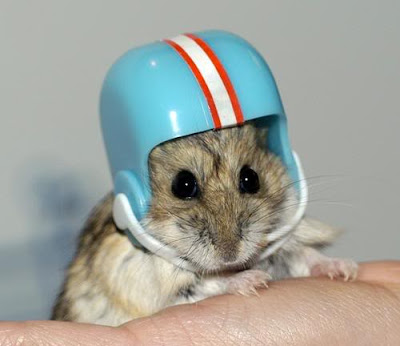All lemur species today are endangered due to the rapid destruction of their forest habitat for agricultural development, cattle grazing, and human settlement.

The word Lemur comes from old Latin, and refers to ghosts or spirits. The staring eyes, haunting sounds, and nocturnal ways of the lemur inspired early observers to think of them as ghosts or forest spirits.
The Ring-tailed lemur's coat is black gray, the limbs and belly lighter, and the extremities white. Their are rings about the eyes, the muzzle is black, the tail is banded black and white.
The only place where members of the Superfamily Lemuroidea, including ring-tailed lemurs, can be found in the wild is Madagascar. Situated to the southeast of Africa and separated from the continent by the 800 km-wide (497 mi) Mozambique Channel, the island of Madagascar is in the Indian Ocean and is the fourth largest island in the world (Swindler 2002). Ring-tailed lemurs are restricted to the south and southwestern portion of the island, reaching a northern limit near the town of Morondava on the west coast and the town of Ambalavao in the east. The southeastern limit is the town of Tolagnaro on the southern coast (Mittermeier et al. 1994; Jolly 2003). Ring-tailed lemurs are found in the vicinity of nine forests: Andohahela, Andringitra, Ankilitelo, Berenty, Beza Mahafaly, Isalo, Tsimanampetsotsa, Tsirave, and Zombitse (Godfrey et al. 1998).
Ring-tailed lemurs have also been introduced to the United States on St. Catherine's Island, Georgia as part of a project to establish a free-ranging, breeding population that could be studied and in the future could potentially serve as a source to restock parks in Madagascar (Iaderosa & Lessnau 1995).
Most field studies of ring-tailed lemurs have been conducted at Beza Mahafaly Special Reserve and Berenty Private Reserve, a family-owned forest set aside in the 1940s (Sauther et al. 1999). They have also been studied at Andringitra National Park, Isalo National Park, and Andohahela Nature Reserve (Mittermeier et al. 1994). One particularly notable field researcher, Alison Jolly, has been conducting long-term ecological and behavioral research on ring-tailed lemurs at Berenty since the early 1960s and has contributed greatly to the knowledge of wild ring-tailed lemurs.
Long-term studies have also been ongoing at Beza Mahafaly most notably conducted by Robert Sussman, Lisa Gould, and Michelle Sauther. Captive research has been conducted at the Duke University Primate Center in North Carolina since the mid-1980s and also has provided invaluable information about the species (Sauther et al. 1999).
Research on competition for resources between Verreaux's sifaka and ring-tailed lemurs reveals that there is little direct competition for food, even during the dry season when resources are limited. Though they naturally have overlapping ranges in other parts of Madagascar, at Berenty Private Reserve, brown lemurs were introduced in 1975 and they now compete with ring-tailed lemurs for access to food. The two species have high dietary overlap at Berenty and likely compete for similar foods during times of scarcity.
They communicate with short grunting sounds as a contact call within the troop, sometimes followed with a quick bark.

